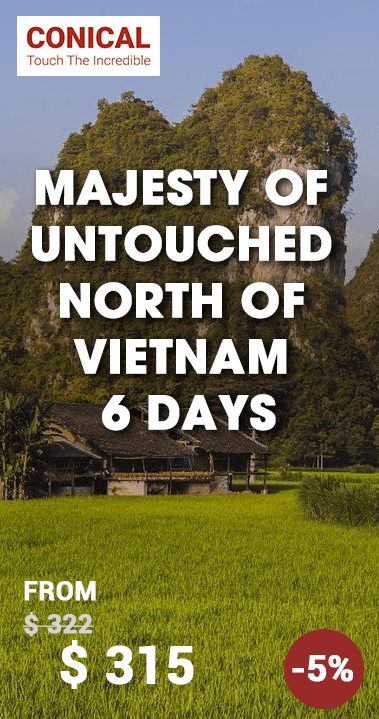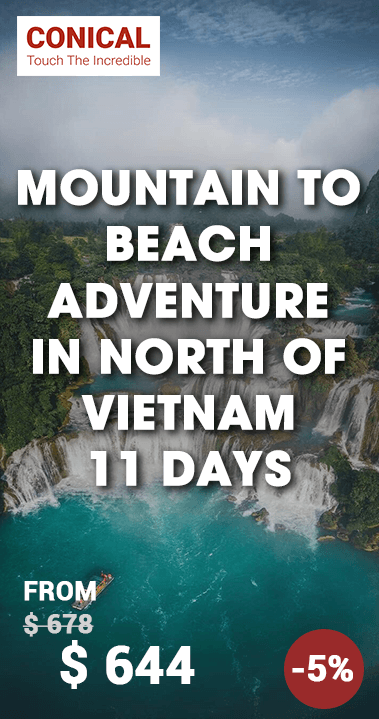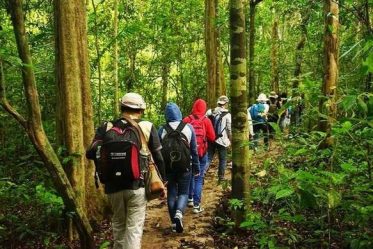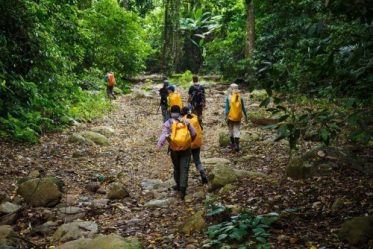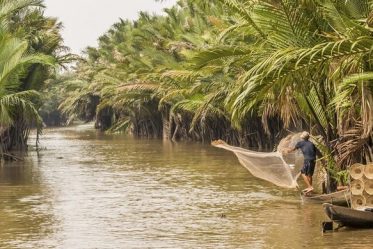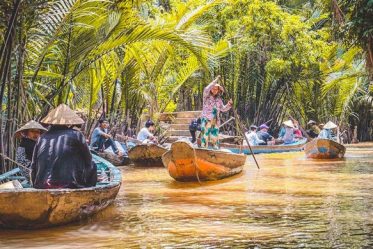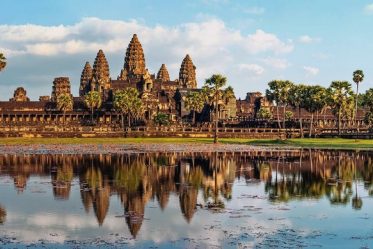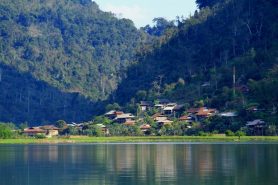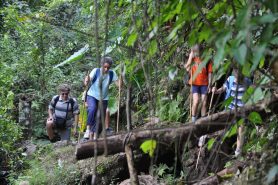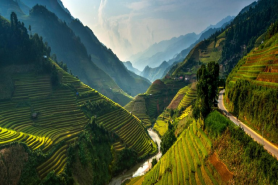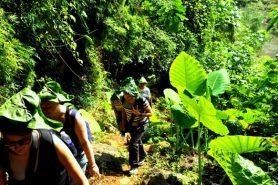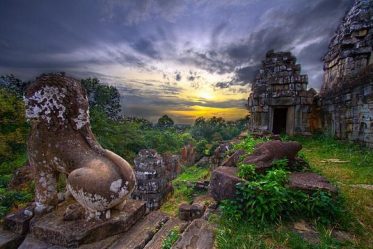Visiting Vietnam war sites was one of the first experiences after the country was open to the world in 1986. And for the past decades, this kind of experience is still a hot topic for both first-timers and returnees. If you are a veteran reading this article, take this as a chance to look back on your youth! Here are our 11 best Vietnam war sites for war travel and tours in Vietnam.
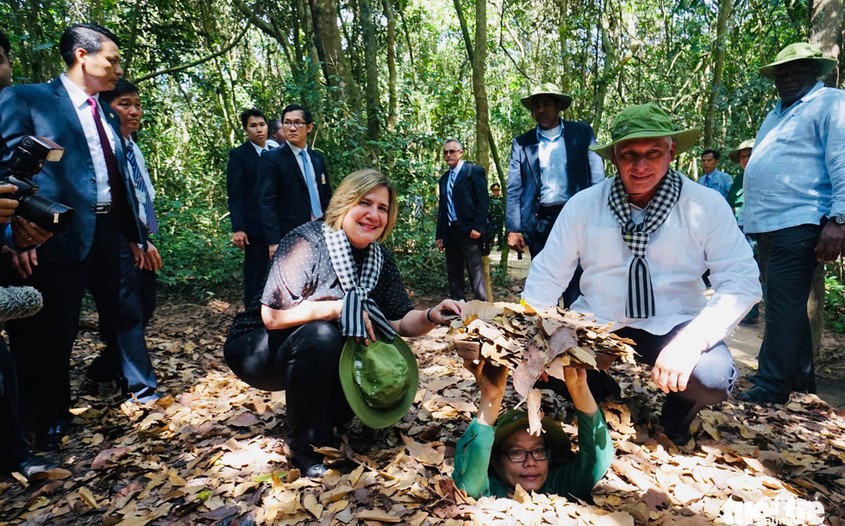
Why Are the Vietnam War Sites Worth a Visit?
A lot of visitors wonder if they should visit the war sites on their trip due to the ethics and monuments of tragedies. In some specific communities, this type of experience is marked as “dark tourism”.
But is it actually that bad?
War plays an undeniable role in the history of every country, and Vietnam is not an exception! This country has been through so many tragedic milestones up and down the length of its history. Even if you are not visiting a site that related to the Vietnam War, there’s a chance that you would still see some kinds of battles and conflicts in other regions.
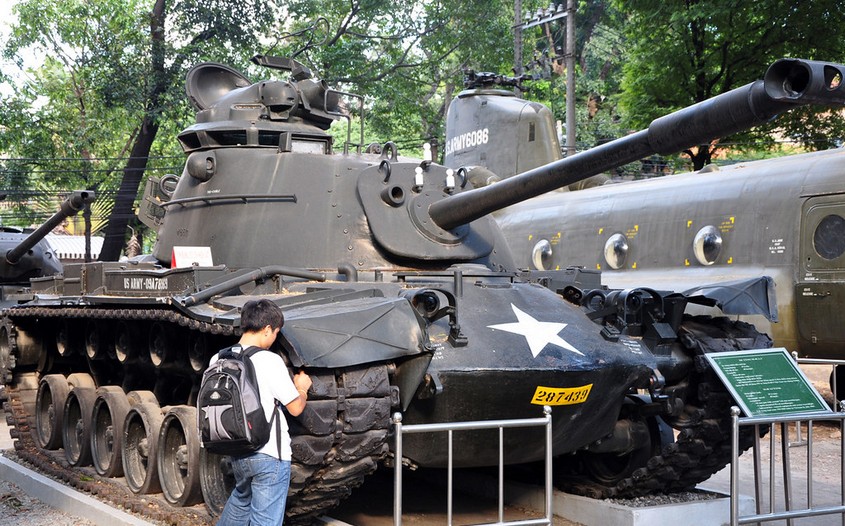
All across the country, either North, Central, or South, every step you take once appeared in the war. So there’s no reason why you should skip this experience when visiting this lovely country.
The Vietnam War is one of the final warfare events in the history of this country. It happened as the following occurrence after the Indochina War.
Started in 1954, the war gradually escalated during the next few years, especially in the 60s of the 20th century. It officially ended in 1975 with the Fall of Saigon. This event also marked the end of the civil war and laid the foundation for the reunification of the two Vietnams in 1976.
From then on, Vietnam has been a Communist country with many modernized features. Foreign visitors and workers are warmly welcomed to spend their time in Vietnam.
And what’s even better is that Vietnam is a real paradise on Earth for any kind of travelers apart from the war sites themselves.
All of the places listed below are officially open for tourists. No matter which region you plan to visit, there are numerous war sites that tell you a different story and milestone that help you understand more about this infamous civil war.
Top 11 Historic Vietnam War Sites for War Travel in Vietnam
1. War Remnants Museum
The first name on the list of Vietnam’s top war sites is the War Remnants Museum. If you are a big fan of the Vietnam War, do not forget to check out this interesting site!
Comprising of three floors, the museum houses a vast collection of artifacts, mines, grenades, helicopters, pictures, and stories to give you a better understanding of the war timeline.
Not until 1993 had the place been named as “Museum of American War Crimes”. One thing to note before your visit is that what you see from the museum reflects on side of what happened. All in all, the information will still be an educational and sobering experience.
Address: 28 Vo Van Tan St., Ward 6, District 3, Ho Chi Minh City
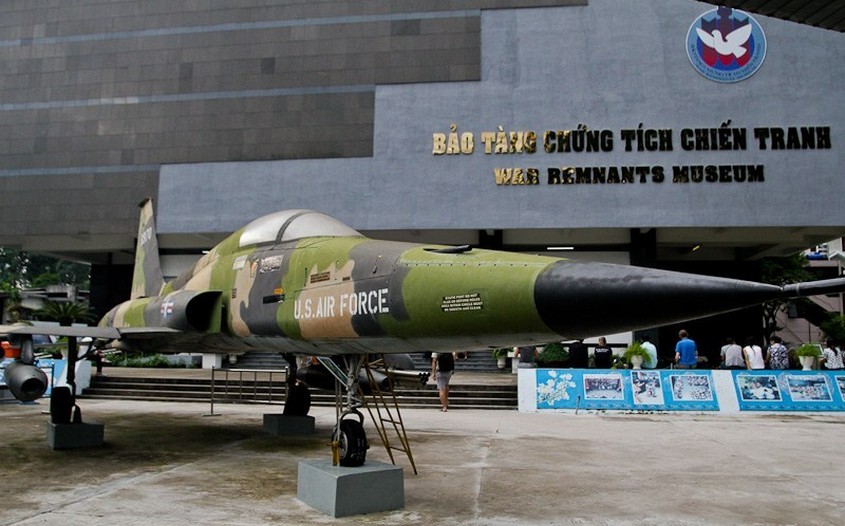
2. Reunification Palace
Just a few steps away from the War Remnants Museum is the one and only Reunification Palace. Today, the site has received a new name, which is “the Reunification Palace” in Ho Chi Minh City.
The building was served as the presidential house right in the heart of the city which witnessed many ups and downs in Saigon history. Other than the upper living quarters and offices, the basement housed the command center where strategies against the North Vietnamese attack came up.
And guess what? The largest helicopter evacuation in human history took place right at this very site under the name “Operation Frequent Wind”. And on the last day of Saigon 30th April 1975, a VC tank crashed the main gate of the palace which led to the fall of Saigon a few minutes later.
Address: 135 Nam Kỳ Khởi Nghĩa St., Ben Thanh Ward, District 1, Ho Chi Minh City
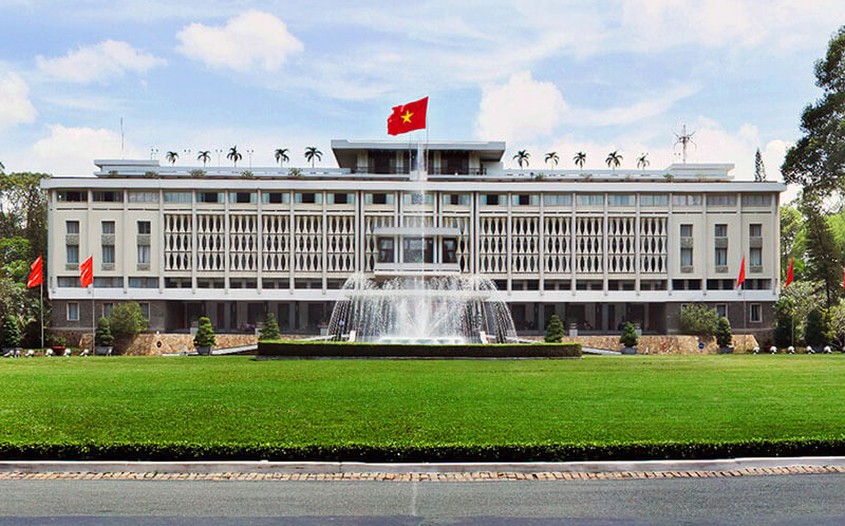
3. Cu Chi Tunnels
Speaking of Vietnam’s famous war sites, Cu Chi Tunnels is one of the top names to be called. The site is 55 miles towards the Northwest of Saigon city center. This is a vast network of underground tunnels. It played a vital role in the attack of the Viet Cong into the capital city of South Vietnam Saigon. Nowadays, Cu Chi has been an unmissable site for war travel in Vietnam.
Cu Chi served as a command post for the Viet Cong force comprising of hospitals, weapons factories, bedrooms, kitchens, and many other quarters. The Cu Chi Tunnels stretched more than 75 miles and it even runs towards the Cambodian border. For many years, numerous carpet bombing campaigns took place to flush out the tunnels.
Then came a specific term “Tunnel Rats” which referred to the military men from the Southside whose responsibility was to specialize inside the tunnels. Nowadays, only a few sections of the tunnels are preserved and opened for public visits.
Address: Provincial Road 15, Phú Hiệp, Củ Chi, Ho Chi Minh City
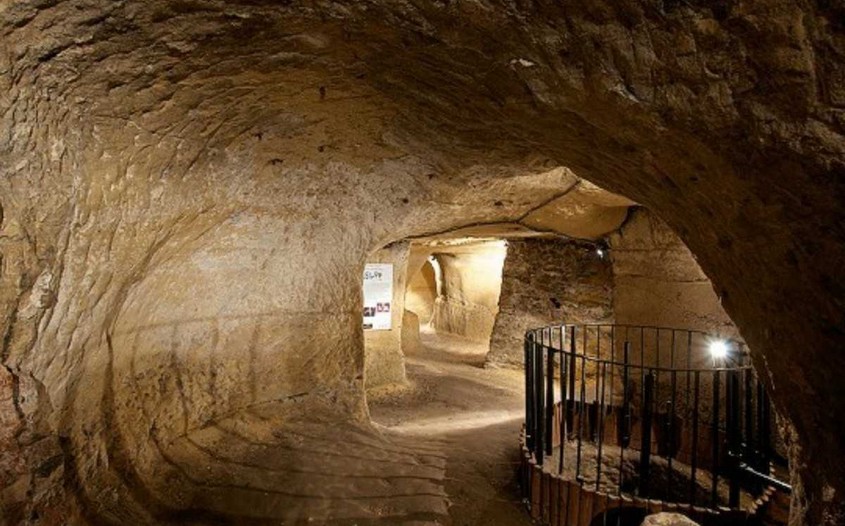
4. Hue Imperial Citadel
Standing the test of time as a royal palace, the Hue Imperial City is also a witness of the escalation in the Vietnam War.
This peaceful city used to be the battle site in 1968 as the NVA and Viet Cong launched the Tet Offensive. Each side tried to reclaim control over Hue which was also their targeted focus. Thousands of men fought over the city and the battle lasted for weeks.
Due to such harsh conflict between the sides, a majority of the royal buildings completely collapsed. Which only left behind a few ruins and now covered in moss and grass.
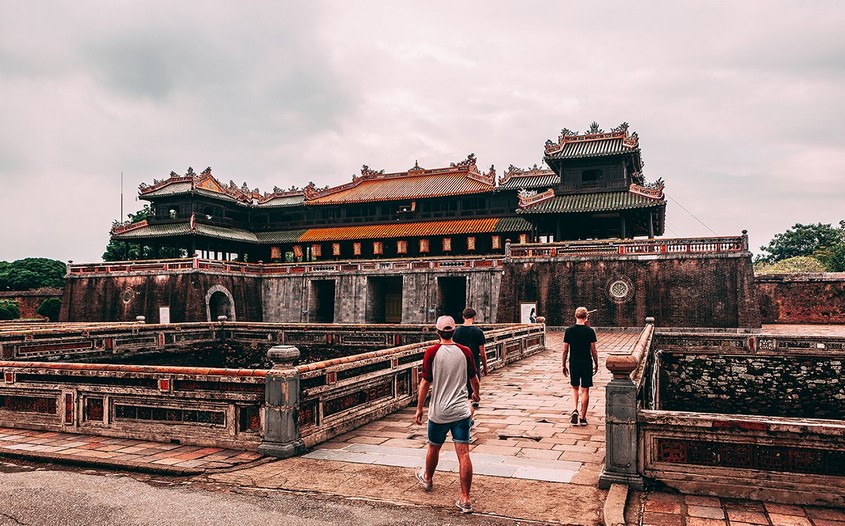
5. DMZ Demilitarized Zone
Running along the 17th parallel, the DMZ split the country into two Vietnams from 1954 to 1975. This site once became one of the most militarized zones worldwide due to the related events happening in its surrounding.
A trip to the DMZ takes you to numerous war sites along the way from Hue to Quang Binh. You will have a chance to visit the notable Hien Luong Bridge, Vinh Moc Tunnels, Truong Son National Cemetery, and especially the Khe Sanh Combat Base as well as many other strategic war sites. Amongst many of these stopovers, Khe Sanh and Vinh Moc Tunnels are two of the most sought-after destinations.
Khe Sanh was once a small Special Forces Camp and soon operated by the U.S. Marines. Khe Sanh witnessed one of the most important battles that changed the complexion of the war. This is where the North Vietnamese army laid siege during the 1968 Tet offensive for 77 days and destroyed plenty of military bases of the South government. Upon your trip to Khe Sanh, don’t forget to take a look through the museum on-premise to observe the vehicles and aircraft on display.
The second outstanding site during your tour to the DMZ is Vinh Moc Tunnel. The tunnel stretches through both the Northern and Southern Vietnam territory. It first aimed to shelter families from the harsh bombings. The entire tunnel is impressive and it plays a crucial role in making way for the North Vietnamese to enter the territory of the South. A majority of the tunnel is now open for public visits and is perfectly preserved in their initial form.
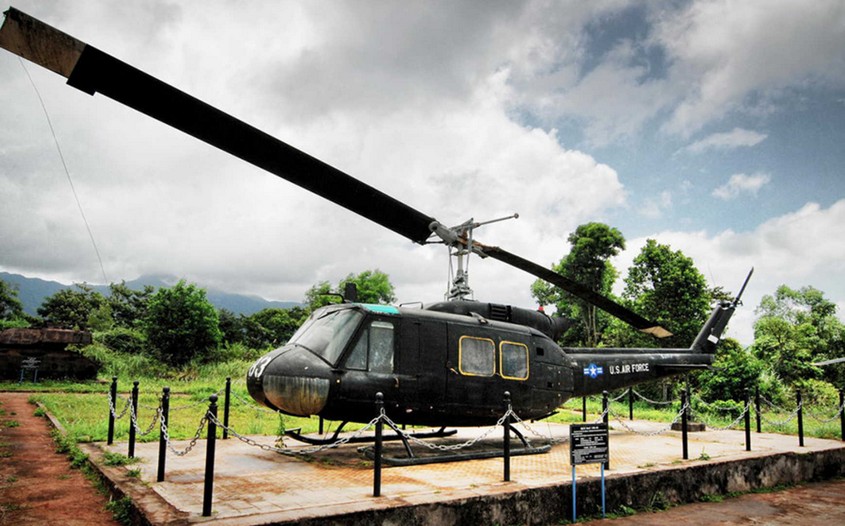
6. Vietnam Military History Museum
Also known as the Army Museum, this site displays an extensive collection of artifacts and weapons used during the length of the Vietnam War.
One of the most recognizable artifacts is the wreckage of an American B-52 bomber. Other than that, don’t forget to take a look at the M107 self-propelled gun, and especially the military tank that collapsed the main gate of Saigon’s Independence Palace. This event shocked the world and officially marked the ending of the Vietnam War after 21 years of fighting.
Address: 28A Điện Biên Phủ St., Ba Đình Dist., Hanoi
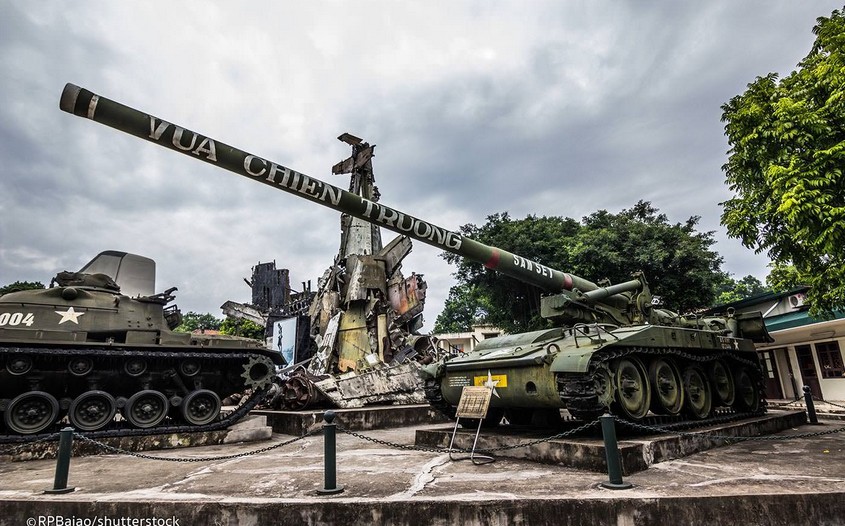
7. Hoa Lo Prison
The infamous Hoa Lo prison once housed John McCain and other unfortunate POWs. This is one of the most famous stops for history buffs of the Vietnam War and tourist sites in Hanoi.
What you can expect before visiting the site is the heavily laden propaganda. However, the harsh life behind the bars at the prison was well delivered to the eyes of travelers.
Hoa Lo Prison has been a big subject in many movie projects, especially featuring the guillotine for executions.
The prison was first built by the French in 1901 to jail the Vietnamese patriots and revolutionary activists. Visiting this site with a guide will help you gain a better understanding of the development of Communism in Vietnam through the leaks of the harsh treatment behind the rock jails.
Address: 1 Hoả Lò St., Tran Hung Đao, Hoan Kiem Dist., Hanoi
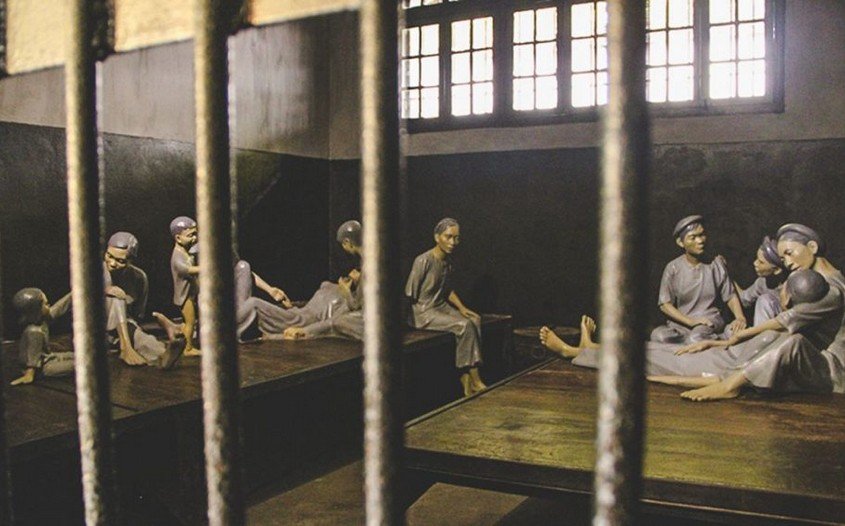
8. Ap Bac Battlefield
The battle at Ap Bac is one of the most talked-about battles regarding the Vietnam War. It happened quite early during the very first stages of the conflict. Ap Bac observed many battles between the Viet Cong and the Saigon Army (ARVN).
The outcome of the Ap Bac battle was the victory returning to the Viet Cong side, which demonstrated a drawback in the strategy of the RVN forces. In addition to the battlefield, you can also visit a small outdoor exhibition. This is where you can witness a few old vehicles and aircraft surrounding a large monument.
Take a good amount of time to stand on the rice field and observe the entire battlefield with your bare eyes. This experience will give you a clearer picture of how the battle was. Another winning point to visit Ap Bac is its excellent location. The site is only a few kilometers from the main boulevard from My Tho to Can Tho in the Mekong Delta. It means you can include it as a part of your Mekong Delta journey!
9. Ashau Valley
The Ashau Valley runs for 45 kilometers along the border between Vietnam and Laos. Treat it as a small detour if you plan to join the DMZ tour from Hue. This is one of the best hidden gems that can blow your mind towards how the war happened.
This site nowadays is famous amongst the community of both local and foreign visitors, especially history buffs who want to dig deeper into the Vietnam war.
Ashau is a valley where some battlefields happened. And it was once an important bloodline for the North Vietnamese military to make their way into the coastal areas of the South, such as Danang and Hue.
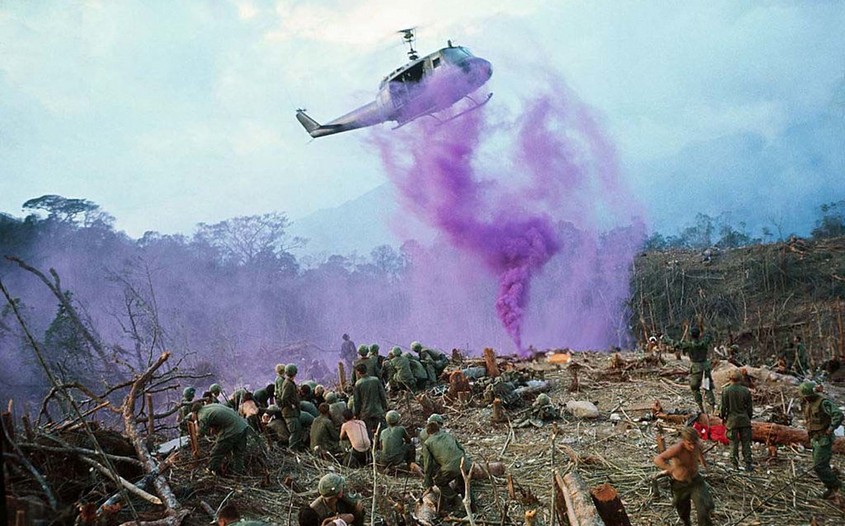
10. Cannon Fort, Cat Ba Island
Apart from soaking in the sea, tourists now can open their minds with a trip into the historical Cannon Fort. Also known as Divine Fortress, the site has sat on High Point 177 since WWII in 1942.
This is a strategic location that is 177 meters above sea level. It’s overlooking the bay of the vast blue sea. Once WWII was over, the Vietnamese officers started using it as a defense post in the following Indochina War and Vietnam War.
The purpose of this fort is to provide vantage points for air and marine attacks to the Vietnamese army. What amazes tourists, even more, are the two French cannons used during the war. The Cannon Fort played a crucial role in defending Hai Phong Port City. This is a strategic location to protect North Vietnam and receive support for the region. Hai Phong Port City is also the site where American aircraft were shot down during the war.
Thanks to such tremendous meaning of history behind the site, Cannot Fort is gradually gaining a better reputation from visitors, especially veterans. To get a deeper understanding of the lives of the armed men and dwellers, don’t forget to take a walk along the trenches, bunkers, and tunnels.
In a different compartment of the fort, you can easily observe the posters, art, propaganda, and objects. They are perfectly preserved from wartime by the soldiers themselves.
All in all, the Cannon Fort is definitely worth your visit thanks to the stunning view. You can combine this site on your Cat Ba Island adventure journey.
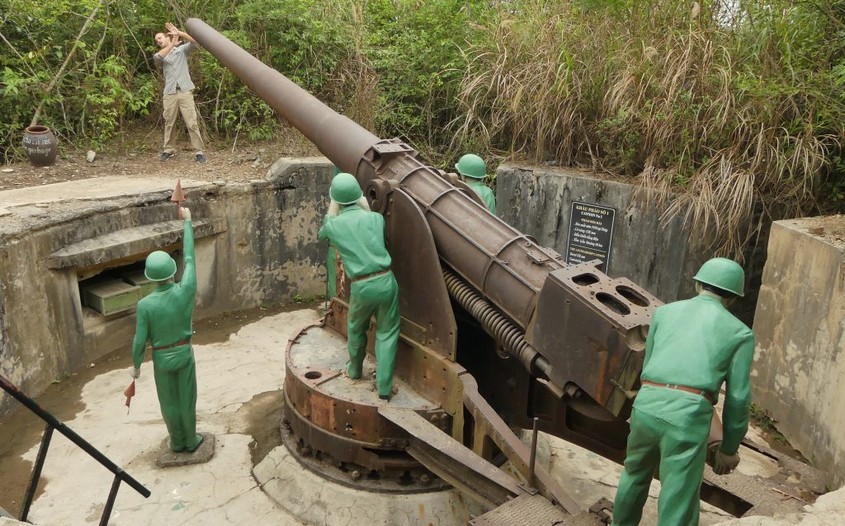
11. Dien Bien Phu Battlefield
Dien Bien Phu battlefield is famous for the fight between French and Viet Minh (Vietnamese Communist and nationalist) forces to take control over a small mountain outpost on the Vietnamese border near Laos. The struggle had lasted for eight years before the victory of the Viet Minh side in 1954. There are a lot of historical relics for you to learn about this war like the A1 hill; Dien Bien Phu Historical Museum; De Castries’ Headquarters Bunker; Muong Thanh Bridge; and the list goes on. Most tourists will do the northwest Vietnam tour to visit Dien Bien Phu combining with other provinces in the Northwest of Vietnam.
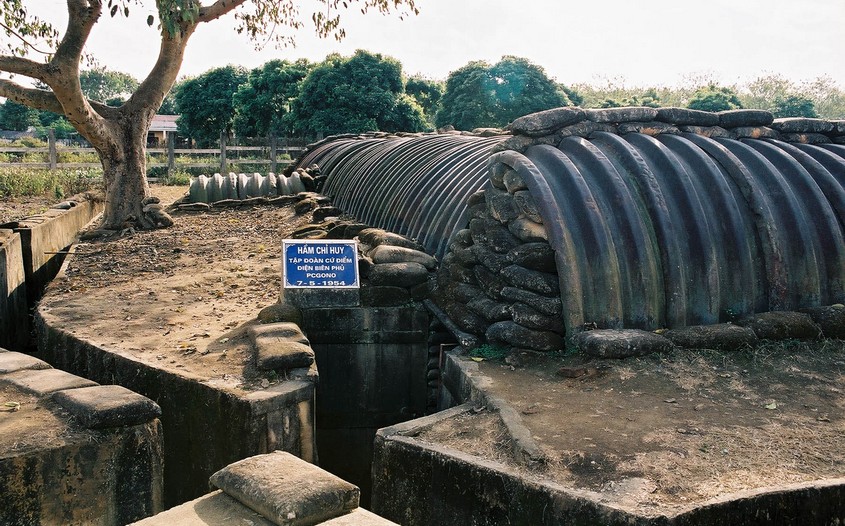
The Vietnam War has changed the complexion of the country completely. And therefore, visiting the famous war sites becomes a must-do activity for not only veterans but also first-time visitors who are interested in war travel in Vietnam. We recommend you tag along with the best war site tour guide. This is the only way to help you understand more about what had happened to Vietnam.
With over 10-year experience in organizing the best war tours and travel in Indochina, we can help you to explore and learn about the war history in Vietnam if you ever dream to join an awe-inspiring war trip in Vietnam. Please email us at [email protected] to get your itinerary customized.

